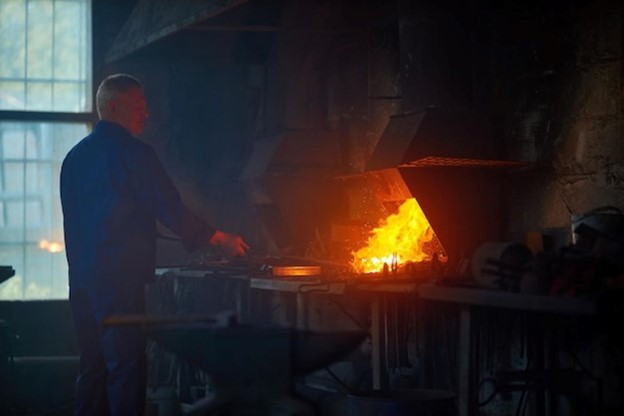The Difference Between LVT, Wood, Laminate, and Porcelain Flooring
Choosing the right flooring for your home or office can dramatically affect the aesthetics, functionality, and overall value of the space. Among the myriad options available, Luxury Vinyl Tile (LVT), wood, laminate, and porcelain are prominent choices, each with its unique set of characteristics. Understanding the differences between these types can help you make an informed decision about which material will best suit your needs and preferences.
Luxury Vinyl Tile (LVT)
LVT is a modern flooring solution that has gained immense popularity for its versatile design options and durability. It is manufactured from synthetic materials, primarily PVC, and can convincingly mimic natural materials like stone or wood, offering homeowners an affordable yet sophisticated alternative. One of LVT’s significant advantages is its water resistance, making it an ideal choice for moisture-prone areas such as kitchens and bathrooms. Additionally, LVT is comfortable to walk on due to its softer, cushioned layers and is generally easy to install with various formats available, including planks and tiles.
The maintenance of LVT is relatively straightforward; regular sweeping and occasional mopping with a mild cleaner will keep it looking new. While LVT is quite resilient, it can be prone to scratches and dents from sharp or heavy objects, though less so than materials like wood.
Wood Flooring
Natural wood flooring represents elegance and timelessness, contributing significantly to the ambiance and warmth of a home. Available in both solid and engineered forms, wood flooring adds significant value to any property. Solid wood is crafted from genuine hardwood and can be sanded and refinished multiple times, which means it can last for decades with proper care. Engineered wood, meanwhile, consists of a hardwood top layer over a composite base, offering enhanced stability and suitability for different environments, including areas with minor moisture exposure.
Wood is favored for its unique patterns, textures, and warmth, but it is also one of the more sensitive options. It requires regular maintenance, including sweeping, vacuuming, and occasional refinishing to maintain its beauty. Wood is susceptible to scratches, dents, and water damage, necessitating protective steps such as using mats and high-quality finishes. Despite its maintenance requirements, the allure and natural feel of wood make it a classic choice for many homeowners.
Laminate Flooring
Laminate flooring offers an appealing alternative for those seeking the appearance of wood or stone without the accompanying cost. It is made of multiple layers, with a photographic appliqué layer that gives it the look of natural materials, topped with a clear protective layer. The installation of laminate is typically easier and quicker than traditional wood flooring, thanks to its click-and-lock design.
Laminate is appreciated for its affordability and ease of maintenance. Regular sweeping and mopping will suffice to maintain its appearance. However, laminate is not waterproof; exposure to moisture can cause it to swell or warp. It also lacks the ability to be refinished, so damage to the surface may require the replacement of affected planks. While it’s not as long-lasting as wood, the cost savings and ease of installation make laminate a popular choice for budget-conscious renovators.
Porcelain Flooring
Porcelain, a type of ceramic tile, is renowned for its density, durability, and versatility. Made from a refined clay, it is fired at high temperatures to produce a hard, dense material that is less porous than traditional ceramic tiles. This characteristic makes porcelain highly resistant to water and stains, making it a top choice for bathrooms, kitchens, and even outdoor areas.
Porcelain tiles are virtually maintenance-free, requiring only regular cleaning to maintain their look. They are available in a multitude of colors, styles, and finishes, including options that mimic natural stone or wood, thereby offering both aesthetic appeal and practicality. While porcelain is extremely durable, it can be cold and hard underfoot, so it may not offer the same comfort level as LVT or wood. Installation can also be labor-intensive, often requiring professional skills to ensure a perfect fit.
Choosing the Right Flooring
When deciding between LVT, wood, laminate, or porcelain flooring, consider your specific needs. If you desire a true natural look and are willing to invest in upkeep, wood might be the ideal choice. In contrast, if affordability and ease of maintenance are priorities, laminate could be appealing. For those needing water-resistant options, LVT and porcelain are both excellent, with the former offering more comfort and the latter offering extreme durability. Ultimately, combining practical considerations with personal taste will guide you to the best choice for your space.




